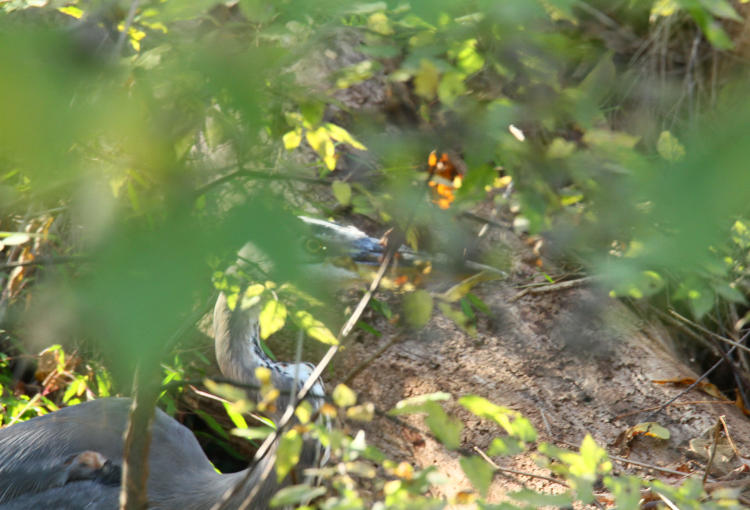… I’ll feel justified in making this yearly post.
If you’re checking out that sidebar where it shows what posted around this date on previous years, you may notice a pattern: we’re coming up on the peak of the Leonids meteor shower, which may be visible all throughout November but reaches maximum activity on the 17th/18th. More or less, anyway – they’re actually calling for a surge early on the 19th, so you may want to plan on a couple of nights to check things out.
I’ve mentioned before that the 2001 Leonids were spectacular, though I got no images whatsoever due to a mistake in the film I was using. Since then, I’ve seen practically bupkiss. Except, I may have already seen one this year, Tuesday night while out in Washington. I was sitting at the computer in a darkened room looking out a window over the town, in a relatively dark residential area, and saw a flash and a momentary tail. I initially took it for headlights reflecting off of a wire, before I realized that it was probably too high in the sky for there to be any wires there, not to mention that it was nigh vertical. I checked the same vantage in daylight the following day and confirmed that there was nothing but open sky in that spot. Considering that I couldn’t even see any stars out the window, this was probably a bright one – it would have left a nice trail in a time exposure.
If you’re thinking of trying for photos, there are some basic tips, but these are only rough guidelines.
Focal length: 35-80mm or so – While a wider focal length will show a broader view of the sky and thus more chance for meteors, they’ll also be smaller in the frame, and you really don’t want to reduce an impressive fireball too much.
Focus: Switch to manual and use a handy target to pin down focus – Usually the beacon of a radio tower, or any lighted object several hundred meters away – even the moon. Don’t allow the camera to ‘hunt’ for something to focus on in a dark sky and ruin the frames.
Aperture: f8 to f11 – depth-of-field means nothing here, but most lenses are sharpest stopped down a little.
ISO: 400 to 1600 – Judge on your own how much noise is produced by your camera at such settings. Also pop off a baseline frame with the lenscap on for noise reduction. But while we’re talking about that…
Turn off in-camera noise reduction – Unless your camera is really slick in this regard, noise reduction can take a lot of post-exposure processing time, preventing you from getting any more frames while this is happening, and may actually remove stars from the image. Better to do this after the fact.
Tripod and remote release – Lock the camera down, and set the shutter speed to B with a remote release, or the longest exposure you can without it – you don’t want to be manually holding down the shutter for a period of time because you’ll introduce camera shake. Also best to turn off image stabilization – it can get squirrely when used with a tripod anyway.
Where to aim: Don’t worry about the radiant – I’ve never seen too much activity while focused near the radiant – that just gives an average direction that they appear to emanate from, but they might appear anywhere, so you may have more luck by picking a darker portion of the sky. Higher is generally better because there’s more ambient light near the horizons.
Exposure length: Anywhere from 30 seconds to 10 minutes – The longer you go, the longer the star trails go, but the more faint details you might pick up. Just leave only brief periods between exposures to reduce the chance of missing a meteor. The wee hours after midnight start to become best for meteors and reduce the number of satellites that can reflect the sun in your frame – there are buttloads of them up there anymore. If you have the opportunity to use more than one camera, go for it – it can only help.
Find a way to get comfortable looking almost straight up, and dress warmly.
The gibbous moon will be present for portions of the viewing times, and unfortunately right near the radiant, but again, aim away and don’t worry about it. A lenshood won’t hurt either, but it’s the moonlight illuminating the atmospheric haze that will have the worst affect on your exposures, so aim well away if you’re able. Sit back and be patient, and know that meteors are both intelligent and perverse and will usually appear outside of the angle your lenses are covering. You might try a dummy camera and see if they tumble to that.
Good luck!




















































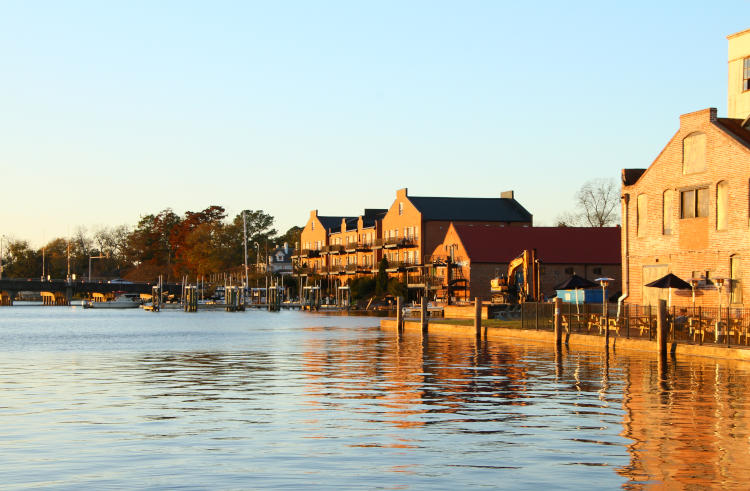
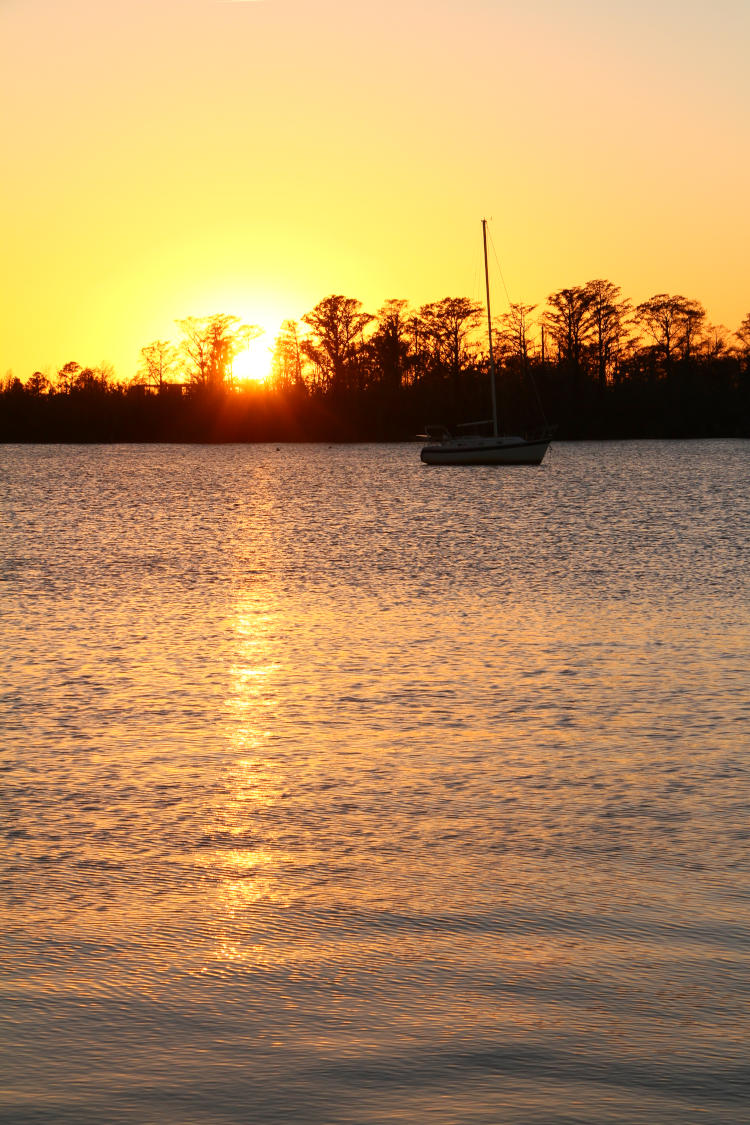



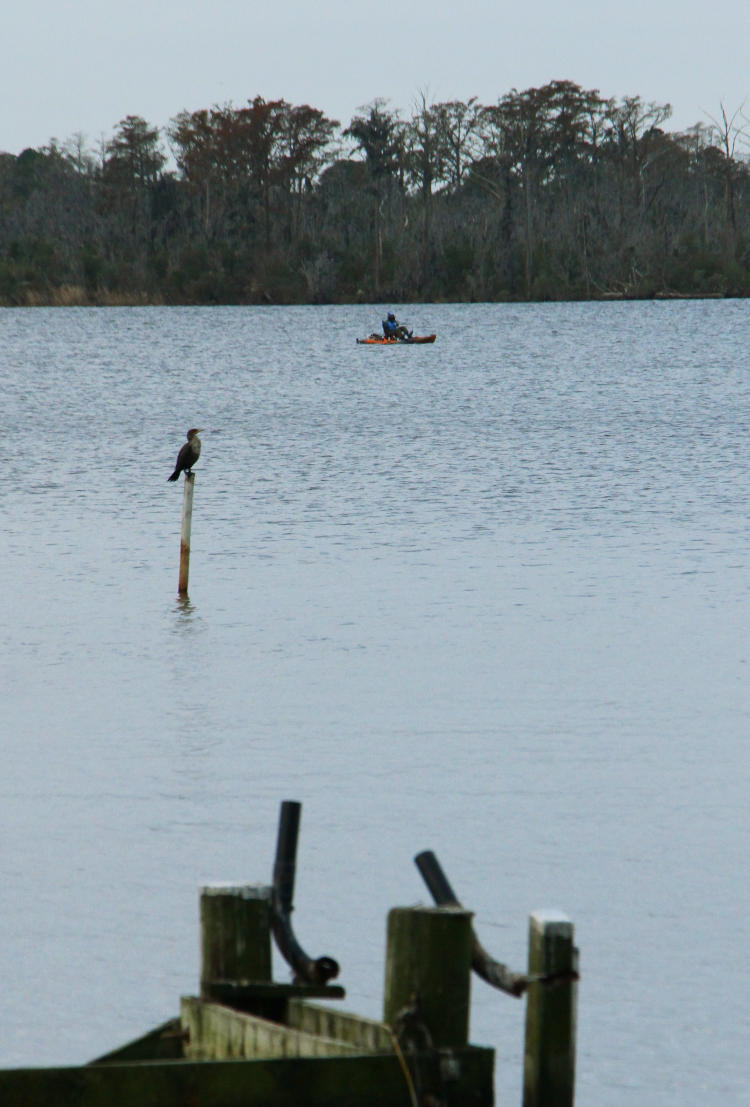

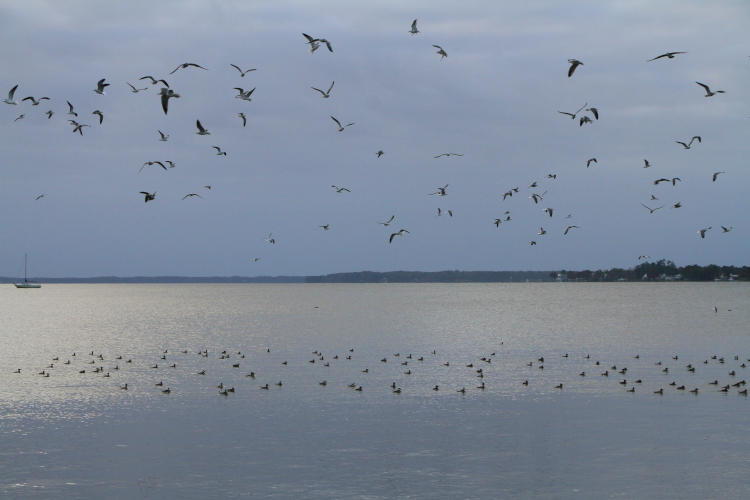

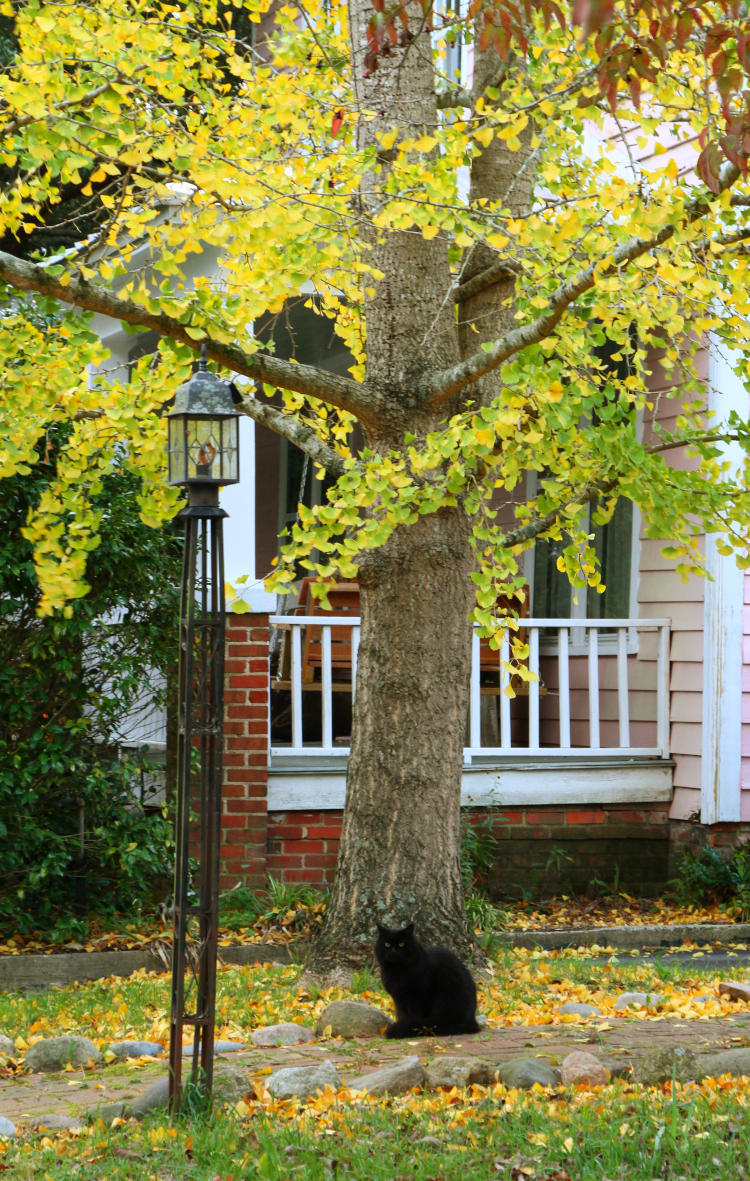
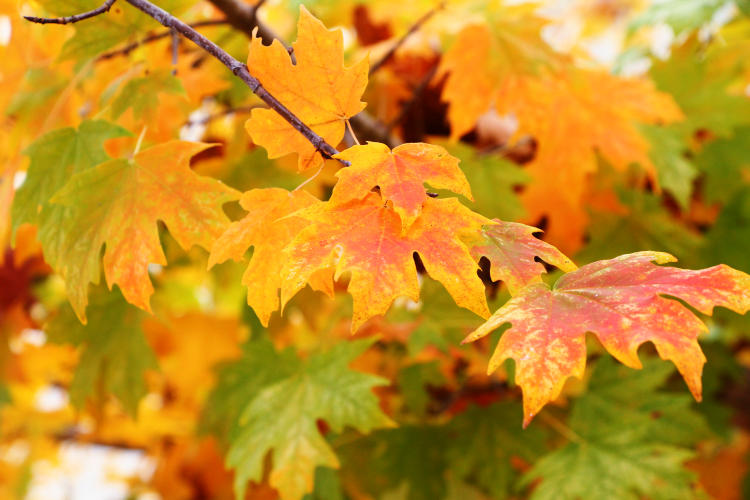

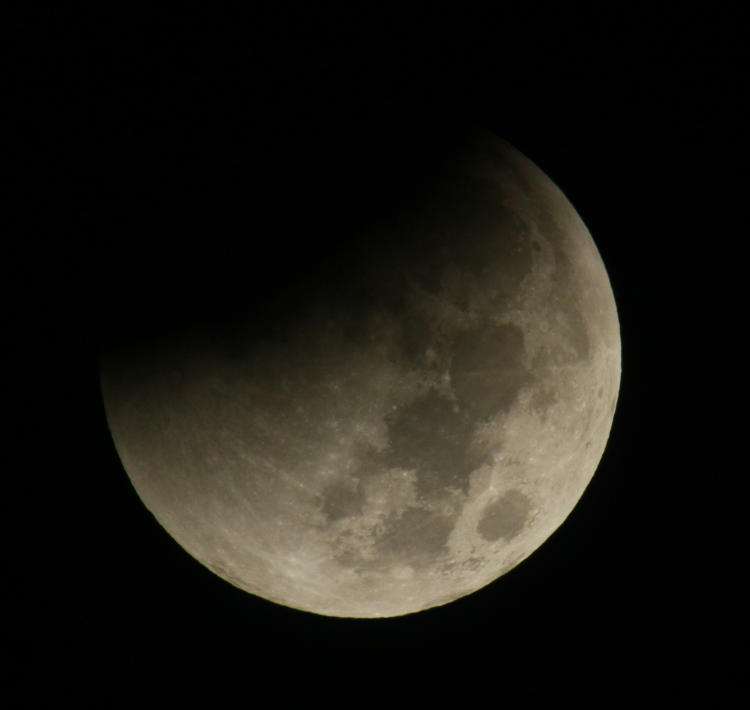
 Now we have a pair of comparison frames, of the eclipse on top and a similarly-shaped crescent phase on the bottom. If you know moon phases, there’s really only one small bracket of time during an eclipse when it might be mistaken for a normal moon phase, because the Earth’s shadow isn’t shaped properly to match the shadowed moon except for one period of time – granted, this lasts for a few minutes so it doesn’t require exquisite timing. But these two frames show that they really can’t be mistaken for one another if you’re familiar with the moon, because the shadows of lunar geography thrown by the oblique sun angle in normal moon phases aren’t present at all during an eclipse. It also shows why full moon shots are far more boring that partial phases, when the details really stand out, even as small as I’m showing here.
Now we have a pair of comparison frames, of the eclipse on top and a similarly-shaped crescent phase on the bottom. If you know moon phases, there’s really only one small bracket of time during an eclipse when it might be mistaken for a normal moon phase, because the Earth’s shadow isn’t shaped properly to match the shadowed moon except for one period of time – granted, this lasts for a few minutes so it doesn’t require exquisite timing. But these two frames show that they really can’t be mistaken for one another if you’re familiar with the moon, because the shadows of lunar geography thrown by the oblique sun angle in normal moon phases aren’t present at all during an eclipse. It also shows why full moon shots are far more boring that partial phases, when the details really stand out, even as small as I’m showing here.

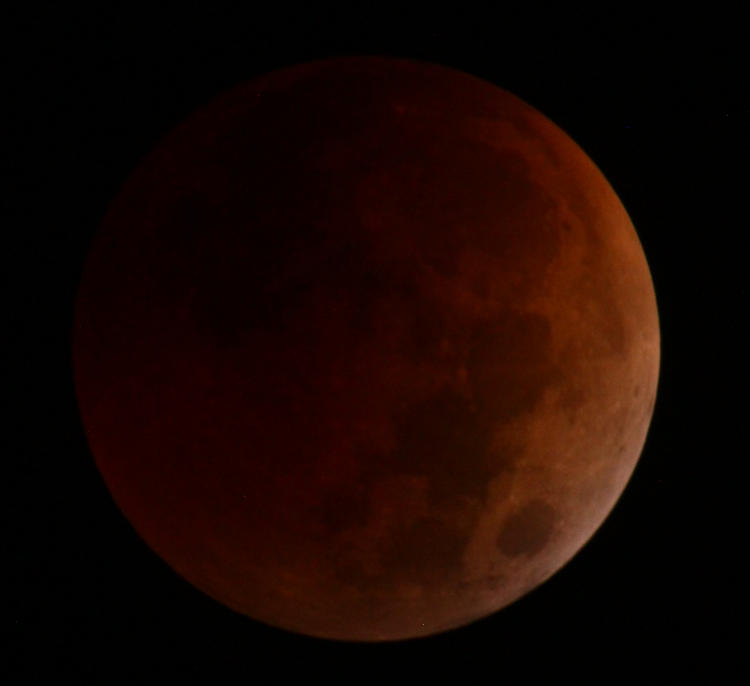



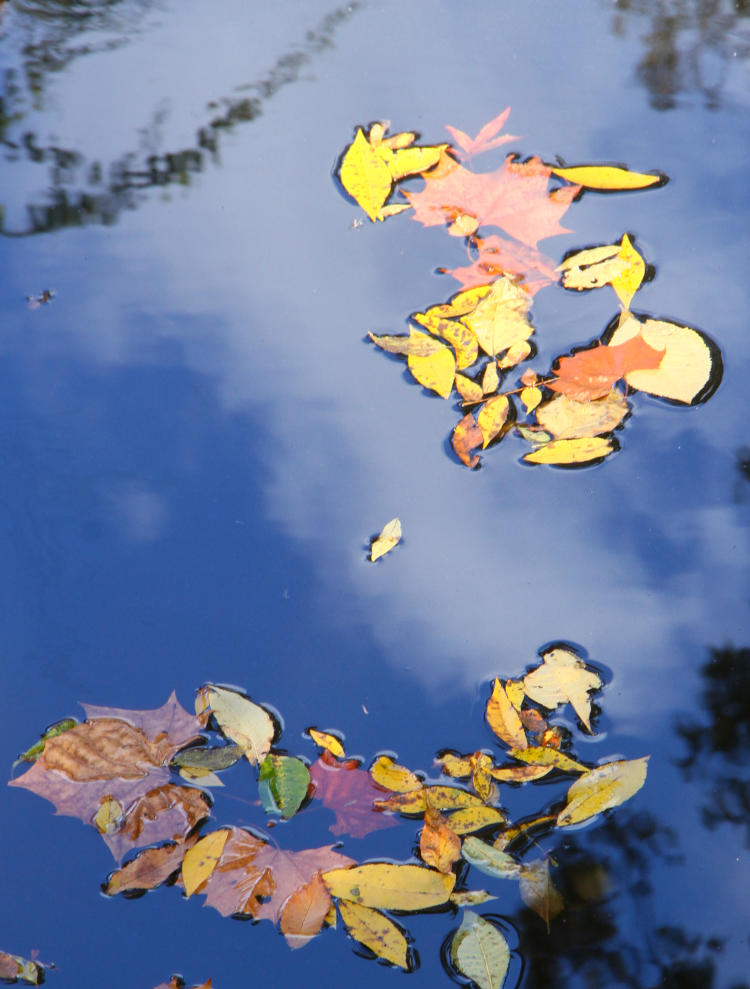
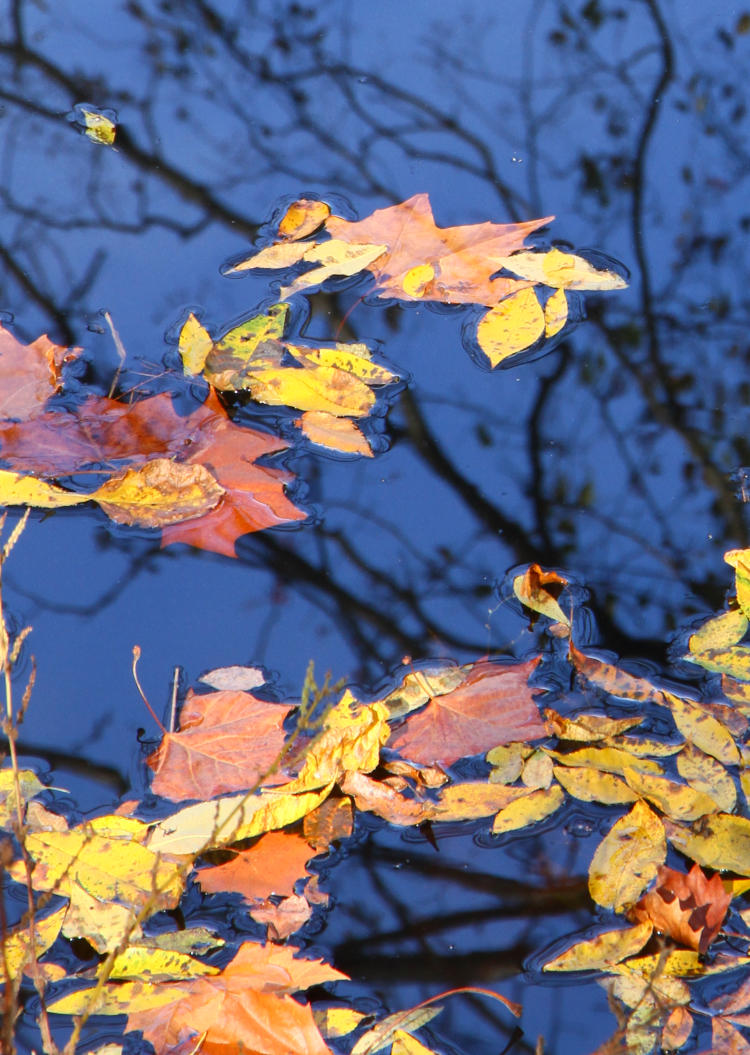
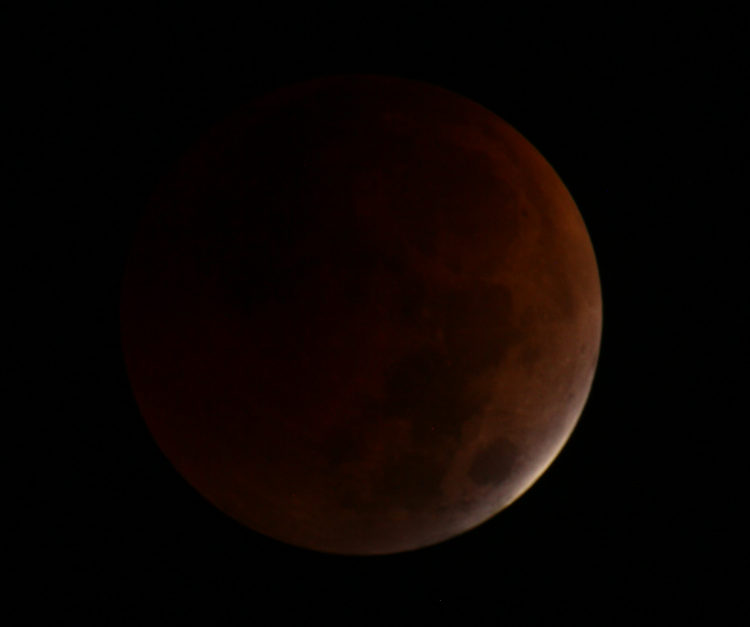

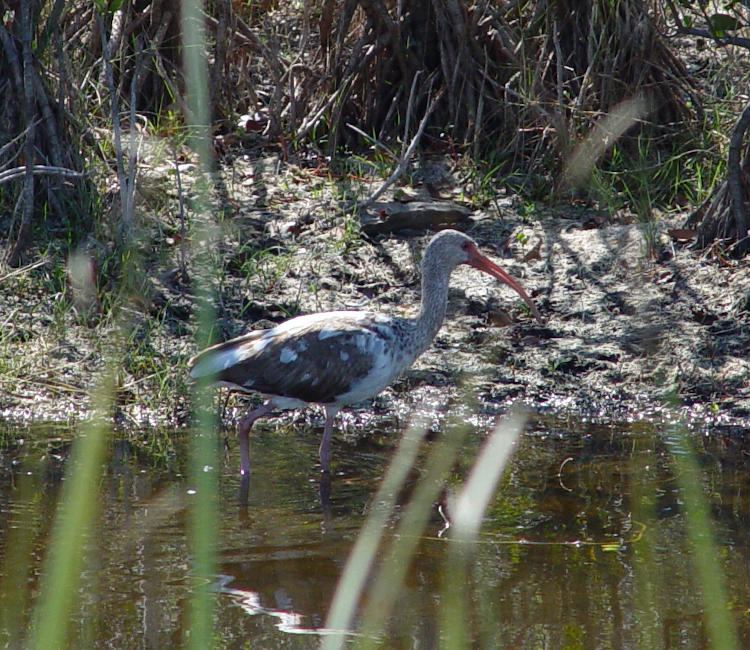
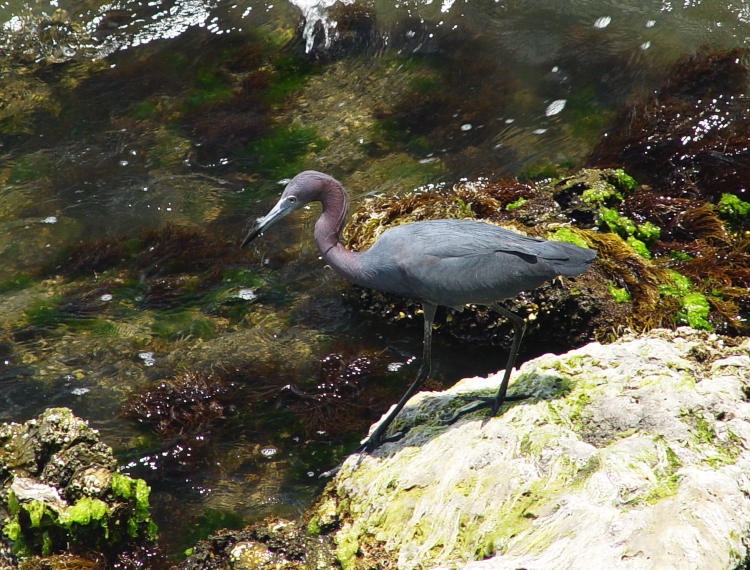
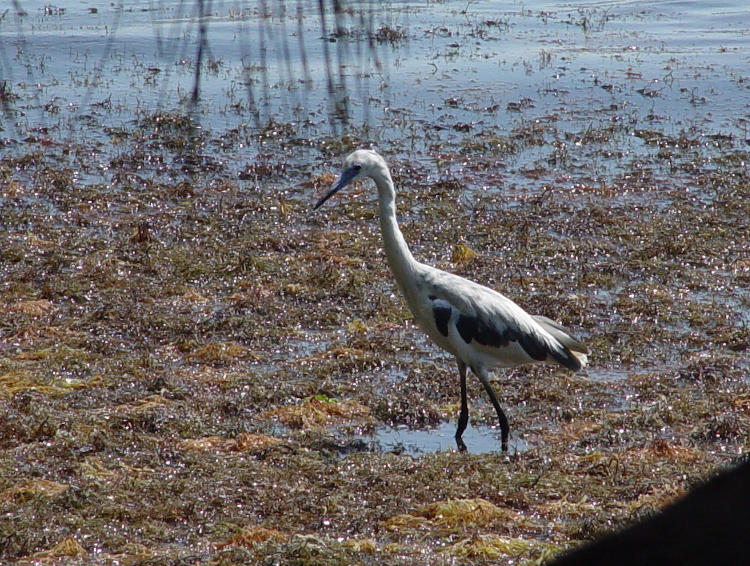
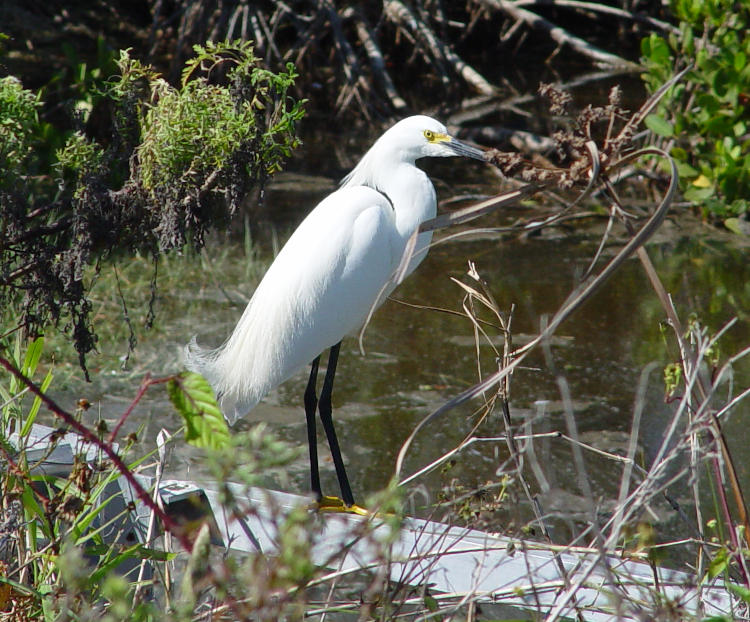




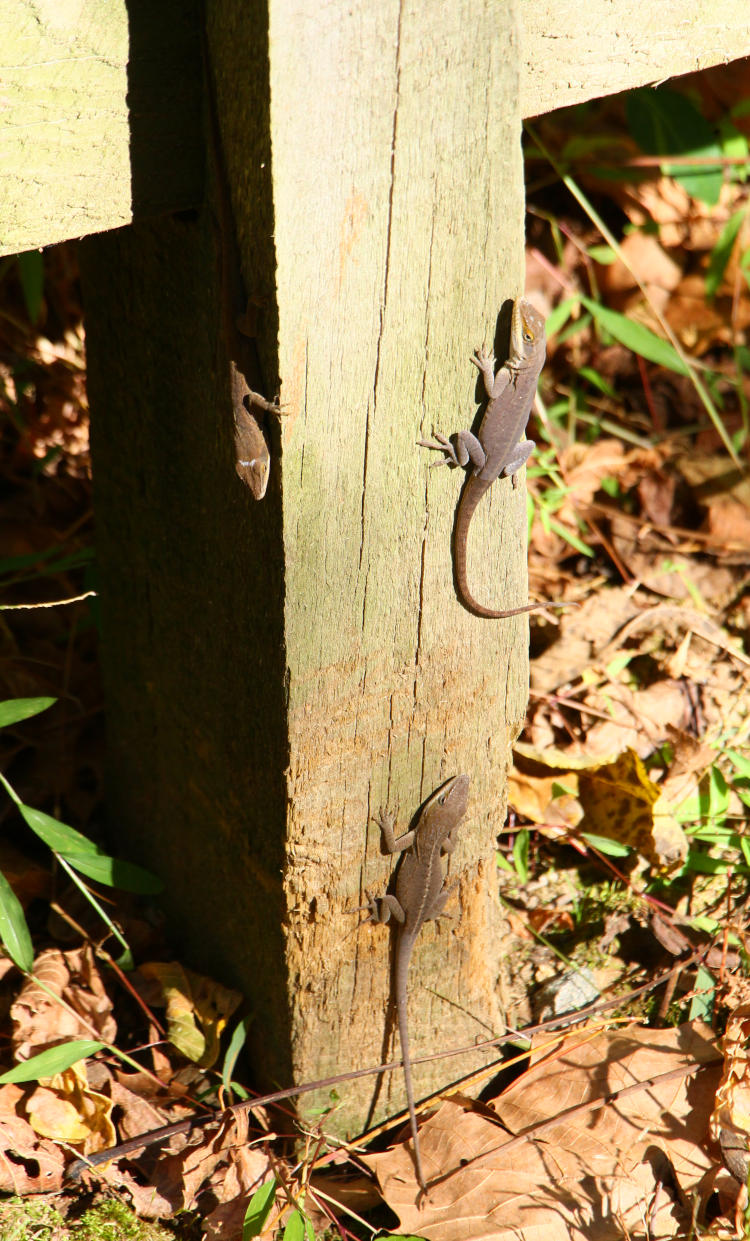

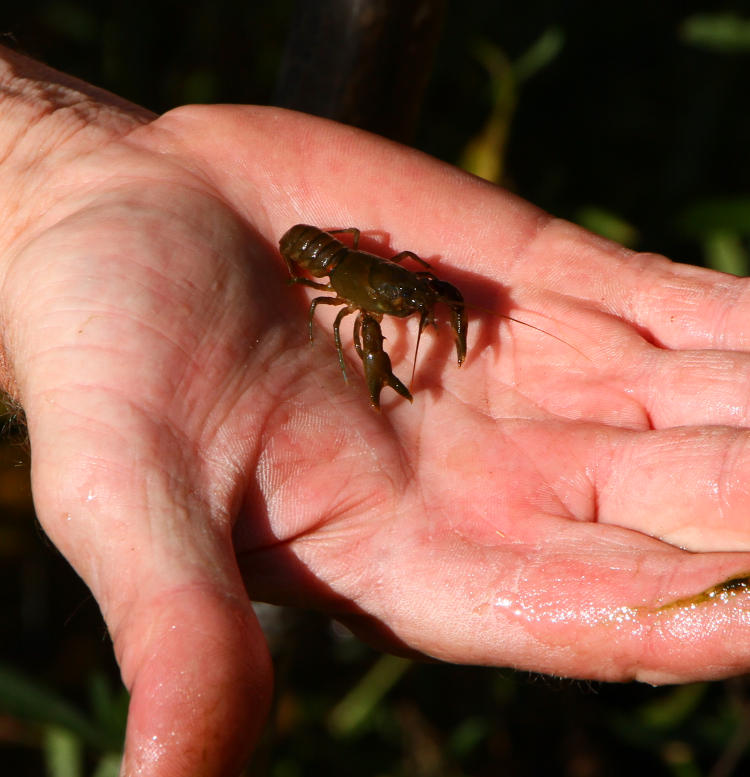
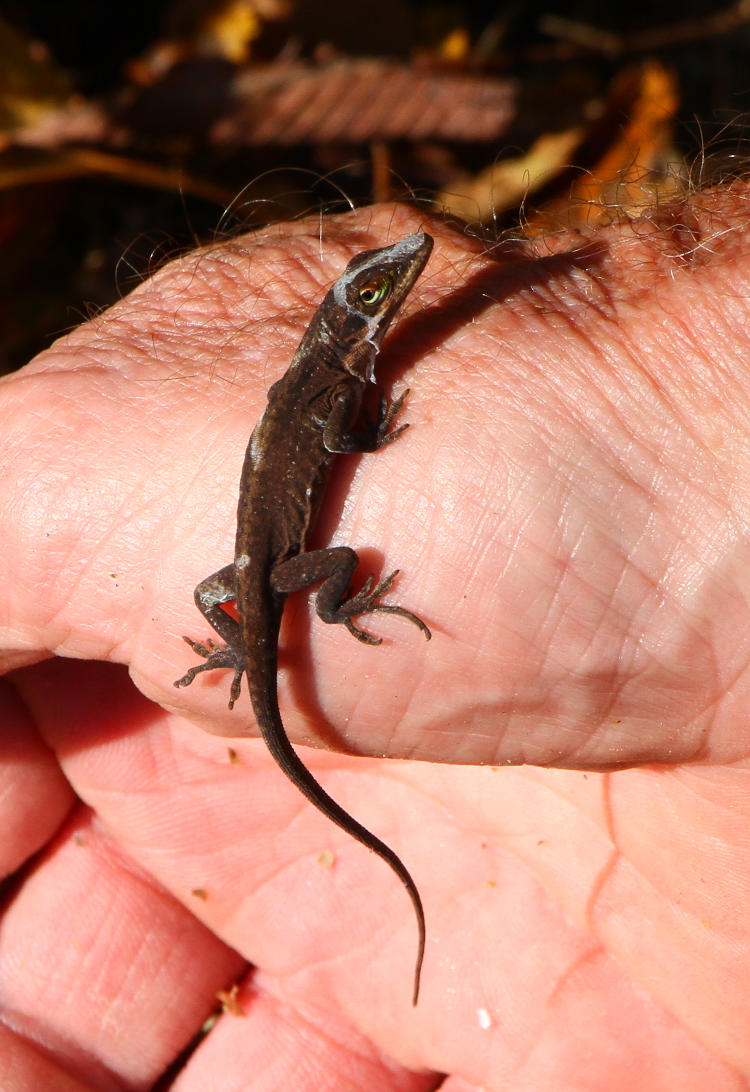

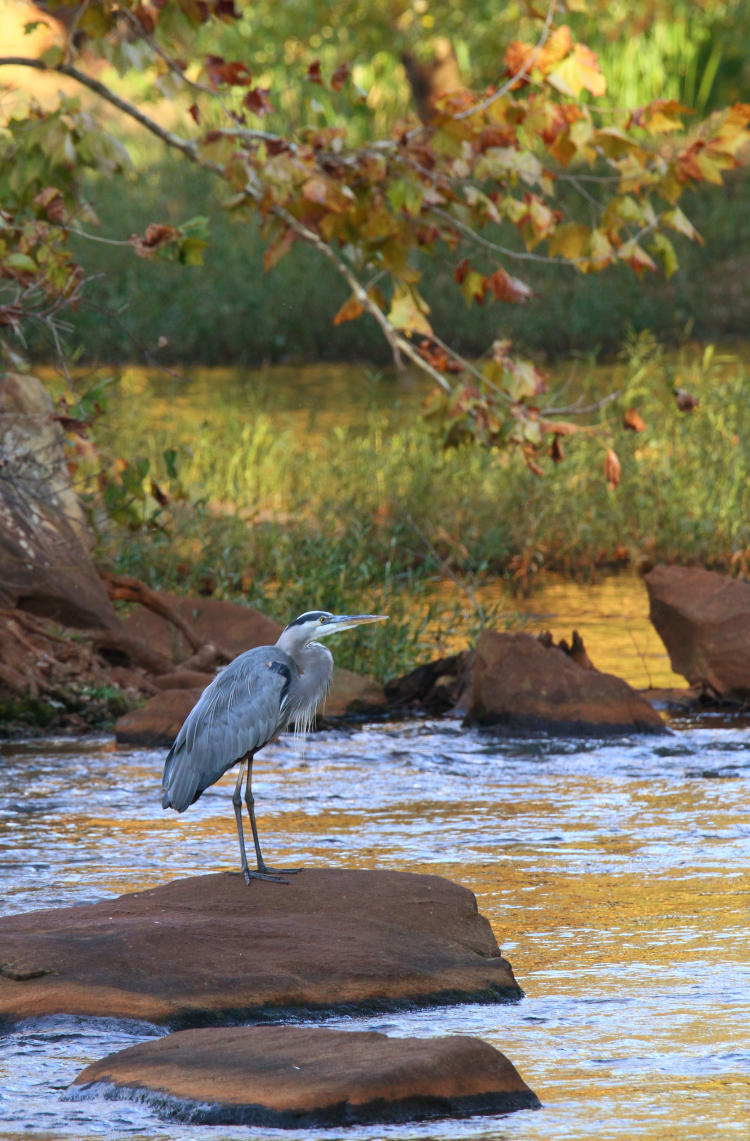

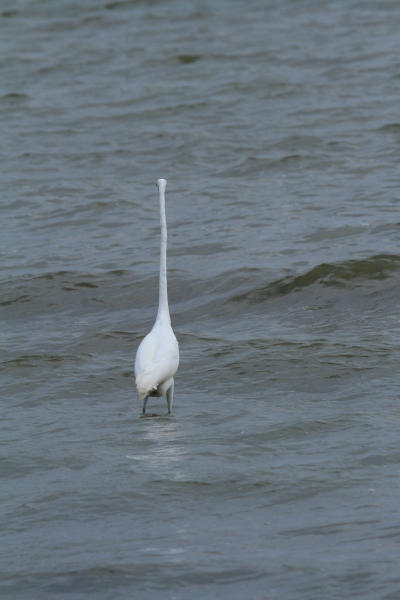 This one’s silly, but I already said that. You’re seeing the full frame to the right as the egret looked straight away from me eliminating the previous profile, and that really was enough to discard it, but I examine all images for critical sharpness at full resolution and automatically clicked on this one to check it. At full res, it revealed a small detail that I thought should be shown, and it only appears here because I’ve already discarded the image. I also didn’t want to take up any more space than necessary (which means that I shouldn’t even be posting this, but there’s necessary and there’s necessary,) so the small, column-right position means I have a bunch of space to take up in column-left. It’s not an exact science because screen resolutions and browser widths are all different, so I can only go on my settings for that and others likely vary. Phones are an entirely different matter, but no one’s reading all this on their phone anyway. I had a lot of images to go through this time, because I hadn’t cleared the Sort folder before my brother visited and we checked out several places to explore while he was here, having more time than originally intended – long story, that I’ll only go into here if I still need to take up even more space, but I’m starting to think that I’ve filibustered enough. How’s our space looking? Good? Then we’ll proceed…
This one’s silly, but I already said that. You’re seeing the full frame to the right as the egret looked straight away from me eliminating the previous profile, and that really was enough to discard it, but I examine all images for critical sharpness at full resolution and automatically clicked on this one to check it. At full res, it revealed a small detail that I thought should be shown, and it only appears here because I’ve already discarded the image. I also didn’t want to take up any more space than necessary (which means that I shouldn’t even be posting this, but there’s necessary and there’s necessary,) so the small, column-right position means I have a bunch of space to take up in column-left. It’s not an exact science because screen resolutions and browser widths are all different, so I can only go on my settings for that and others likely vary. Phones are an entirely different matter, but no one’s reading all this on their phone anyway. I had a lot of images to go through this time, because I hadn’t cleared the Sort folder before my brother visited and we checked out several places to explore while he was here, having more time than originally intended – long story, that I’ll only go into here if I still need to take up even more space, but I’m starting to think that I’ve filibustered enough. How’s our space looking? Good? Then we’ll proceed… Oh, boy, here we go again…
Oh, boy, here we go again…
